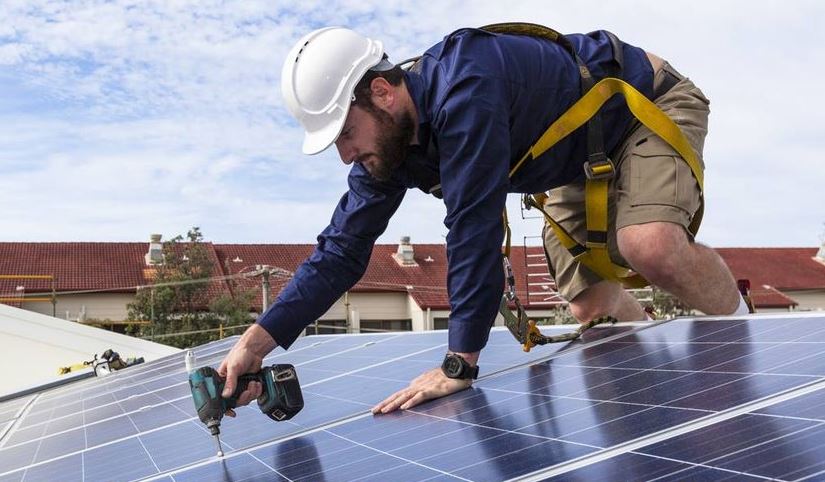Australia installed a record 360,000 rooftop PV systems in 2021, a whopping 40% increase on 2020, according to the Australian PV Institute.
Its National Survey of PV Power Applications in Australia report, prepared in partnership with the International Energy Agency and published this week, tells a decidedly rosy story about solar’s progress in Australia, which it says is showing no signs of slowing. In fact, at 22.3 GW of installed solar as of mid-2021, Australia has nearly tripled its capacity since 2017.

In 2020, total rooftop installations hit a new high of 3 GW, with 1.8 GW installed on residential roofs and 1.2 GW on commercial and industrial roofs. While still smaller than the residential segment, the C&I space saw the greatest year-on-year growth.
In total, Australia’s solar capacity grew 28% in 2020, despite the global pandemic. While the residential and C&I segments broke records, the utility-scale solar segment contracted after peaking in 2019. Be that as it may, the amount of utility-scale solar connected to the grid has increased tenfold in the last three years, growing from 740 MW in 2017 to 7.4 GW in 2020.
Popular content
“The Australian market is very different to most world markets as it has been dominated by rooftop PV. The demand for rooftop solar has kept Australia in the top ten markets for photovoltaics by annual installs and total installed capacity for over 10 years, a remarkable outcome for a country of only 25.7 million people,” the report said.

Australia has retained its status as global per capita solar leader, with 160 watts on our closest competitor, Germany, which has 650 watts per person. More than 31% of free-standing households across the nation are now fitted with PV systems, the report said. In Queensland and South Australia, the average is closer to 40%, with a significant number of localities have densities of rooftop solar over 50%.
“The Australian Energy Market Operator expects rooftop solar, alone, to account for up to 75% of national grid demand by 2026 and we are seeing new records for minimum demand broken each week as we move through spring, with increasing solar generation met with low demand for heating and cooling due to mild conditions,” the report said. “In contrast to other areas of global leadership, very little building-integrated PV was added in 2020, and no vehicle-integrated PV was known to occur. No additional ‘Floatovoltaics’ have been recorded beyond the single 100 kW installation in 2017.”
This content is protected by copyright and may not be reused. If you want to cooperate with us and would like to reuse some of our content, please contact: editors@pv-magazine.com.



1 comment
By submitting this form you agree to pv magazine using your data for the purposes of publishing your comment.
Your personal data will only be disclosed or otherwise transmitted to third parties for the purposes of spam filtering or if this is necessary for technical maintenance of the website. Any other transfer to third parties will not take place unless this is justified on the basis of applicable data protection regulations or if pv magazine is legally obliged to do so.
You may revoke this consent at any time with effect for the future, in which case your personal data will be deleted immediately. Otherwise, your data will be deleted if pv magazine has processed your request or the purpose of data storage is fulfilled.
Further information on data privacy can be found in our Data Protection Policy.